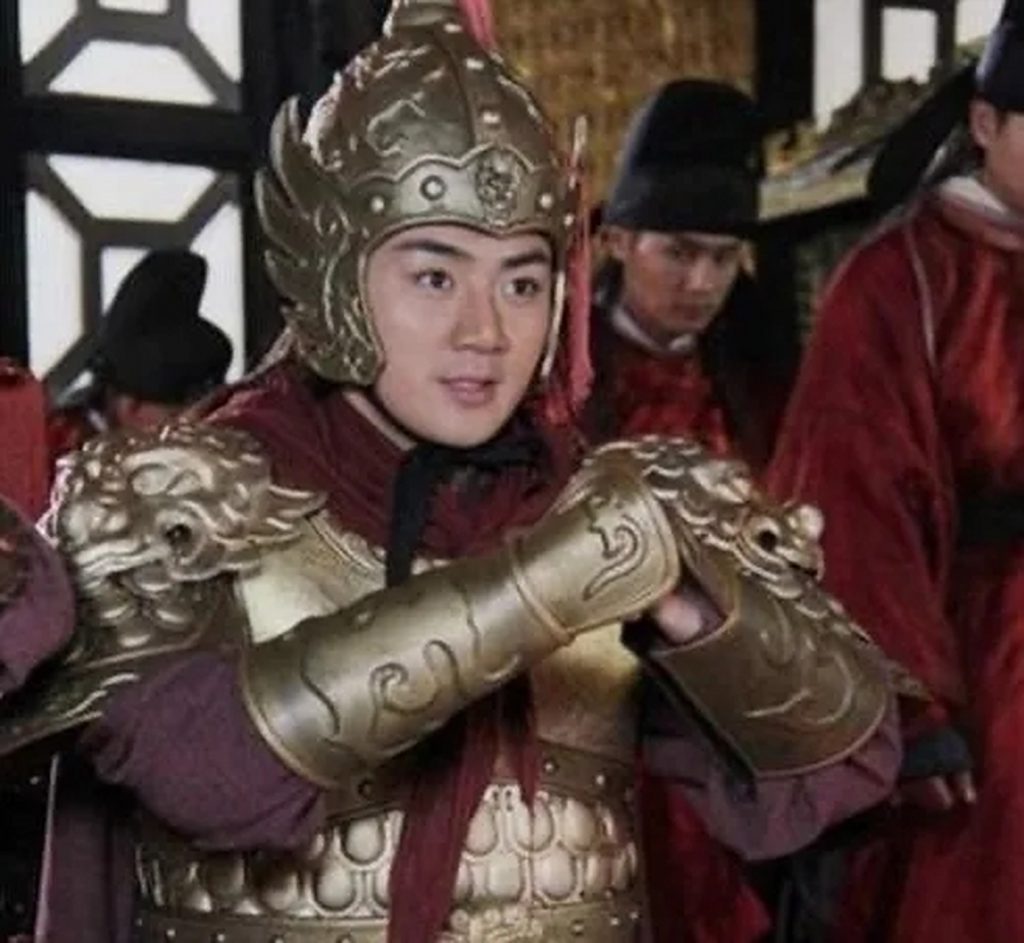Chinese traditional culture has a long and profound history! Today, the History Encyclopedia editor has compiled relevant content about Di Renjie for everyone. May I help you expand your knowledge?

The official ranks in the Tang Dynasty were consistent with those of previous dynasties, divided into nine grades and thirty levels (because there were also upper and lower levels after the fourth grade in the Tang Dynasty). In the Tang Dynasty, the so-called first-class officials referred to the three teachers and three officials, namely Taishi, Taifu, Taibao and Taiwei, Sikong, and Situ. The first rank refers to the three divisions of the Crown Prince, all of which are nominal positions and are rarely granted to living individuals.
What about the second grade?
The official position of a second rank official is also very rare. There is only one official position that can be traced in history, which is the Shangshu Ling. However, before Li Shimin ascended the throne, he was the Shangshu Ling, so no one dared to take on this position after Emperor Taizong. Therefore, the second rank official was eliminated again. In fact, the third rank official was already the highest official position in the Tang Dynasty.

Speaking of the detective Di Renjie, he is a third rank official in the Fengtai Luan Pavilion who is in charge of political affairs. The term ‘Pingzhang Zhengshi’ means assisting the emperor in handling military affairs. Similarly, ‘Zhongshu Menxia Sanpin’ means being a third rank official, just like ‘Zhongshu Ling’ and ‘Menxia Shi Zhong’. This position became the actual prime minister after the Tang Dynasty. Therefore, although Di Renjie was a third rank official, he was also a prime minister and the largest civil servant


